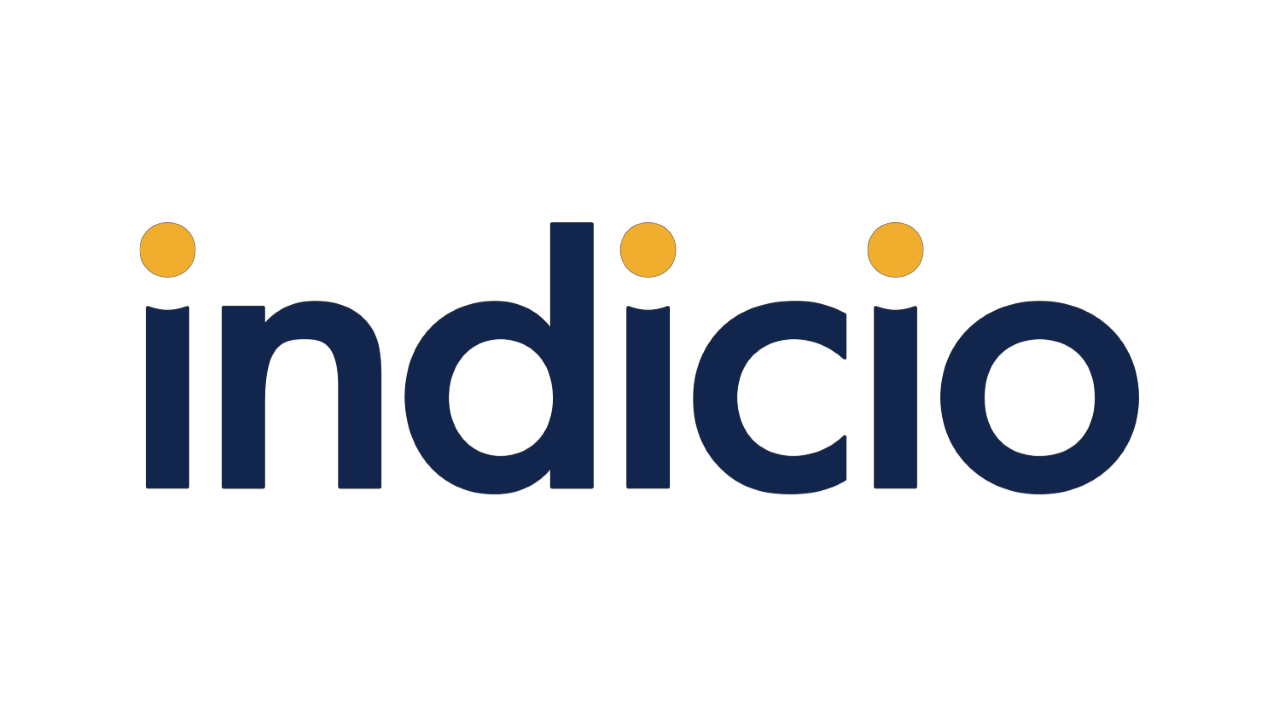We missed commemorating our first birthday because we were simply too busy.
When we launched Indicio in May 2020, a global pandemic was disrupting the way we shared information. Lockdowns triggered a global migration from work to home, and centralized systems fragmented into millions of daily sign ons, access requests, and virtual meetings — many conducted on devices that were poorly protected. The curse of friction and the need to find efficient and effective ways of managing information in these new circumstances were an opportunity to rethink technology, processes, and ingrained habits—and jettison what wasn’t working.
Catastrophes have a way of resetting fundamentals, and the fundamental question we worked on was how can we trust digital data? This problem is now endemic to life because all our information is digital. The very efficiency of our communication has us trapped in a highly inefficient existential crisis. And it’s costing us a fortune in mitigation, poor user experience, fraud, and theft. Specifically, we saw four dimensions to the problem.
The first was how do you encode digital information with authenticity? You need to show, definitively, that it came from the source it says it did and that it hasn’t been altered.
The second dimension is regulatory compliance. Yes, we see COVID health passes being used to effectively burglarize people’s private data but that just isn’t sustainable—or right. You may say, “hey, people don’t care about privacy when convenience is on offer,” but the Venn diagram of people who do care about privacy and those who detest predatory tech companies is large enough to power privacy regulation to infinity and beyond. We need to mitigate that risk—and the cost burden this compliance has created.
The third dimension is security. One trillion dollars. That’s the estimated cost of cyber insecurity. The cost of our collective failing here exhausts adjectives; the pressure to defend against threats is just exhausting. The stats are so grim the new paradigm in security is called “Zero Trust.” You can’t get more nada than zero. What this means is that everything must be verified as authentic and unaltered all the time. Trust nothing, verify everything.
The fourth dimension is resilience. A technology that solves all these problems cannot manifest in a single point of failure whether that is a single database or a single company.
No matter what way you slice and dice and spin current information systems, none deliver on all these dimensions. In fact, they barely deliver on any. And when they do, they do in ways that increase the risk in adjacent dimensions. Now, think about how many digital and non-digital devices and things the Internet of Things is going to drop into these systems in the next five years.
That’s why we missed our birthday.
We were working with global enterprises to build what we call “Trusted Digital Ecosystems” to answer these challenges—and then some.
How does a Trusted Digital Ecosystem solve all these problems?
First, it uses decentralized blockchain technology to create an authentic digital proof of someone or something or some claim. It uses machine-readable governance to establish who counts as a trusted source for this data within an ecosystem—the rules for trust. It has the software for people to create trusted data, hold and share it, and verify it.
Second, a trusted digital ecosystem avoids the need for third parties to store personally identifiable information (PII) in order to manage verification. No more personal accounts, passwords, or logins. No more data processing compliance costs and headaches.
Third, if you eliminate the need for databases full of PII, you eliminate them as a security risk. They aren’t colloquially known as “honeypots” for nothing. But just as important, you now have an ecosystem system for authentic verification to meet the demands of Zero Trust. All your network assets can implement rigorous verification in a frictionless way — thanks to machine-readable governance.
Fourth, our trusted digital ecosystems are supported by decentralized networks. You can use ours, which now has 23 nodes on five continents, you can use others, or you can have us build you your own private network. Either way, you remove that single-point-of-failure weakness. The open-source base for the technology also means that credentials can be interoperable across systems—vital when you think about using a health test proof issued in one country for travel to another.
On top of all this, we’ve designed our Trusted Digital Ecosystems to be easily integratable into existing systems. Technological evolution should be sustainable and not a case of buying newer and shinier systems every couple of years, which only creates chaos for your employees and painful costs on your books. We believe that technology should be easy to integrate, easy to update, and easy to interoperate—and an open-source base enables this kind of continuous, sustainable improvement and innovation.
This multidimensional value—authenticity, compliance, security, and resilience—coupled with being easy to integrate is what separates the Indicio approach from the rest. Our growth in 16 months—with global enterprise customers and a global decentralized blockchain network supported by 23 companies on five continents is a sign that fundamental change is coming in the way we share information. And it will arrive just in time to navigate the vast expansion of connected devices.
Some tech companies look to the stars; we’re changing the digital universe.






